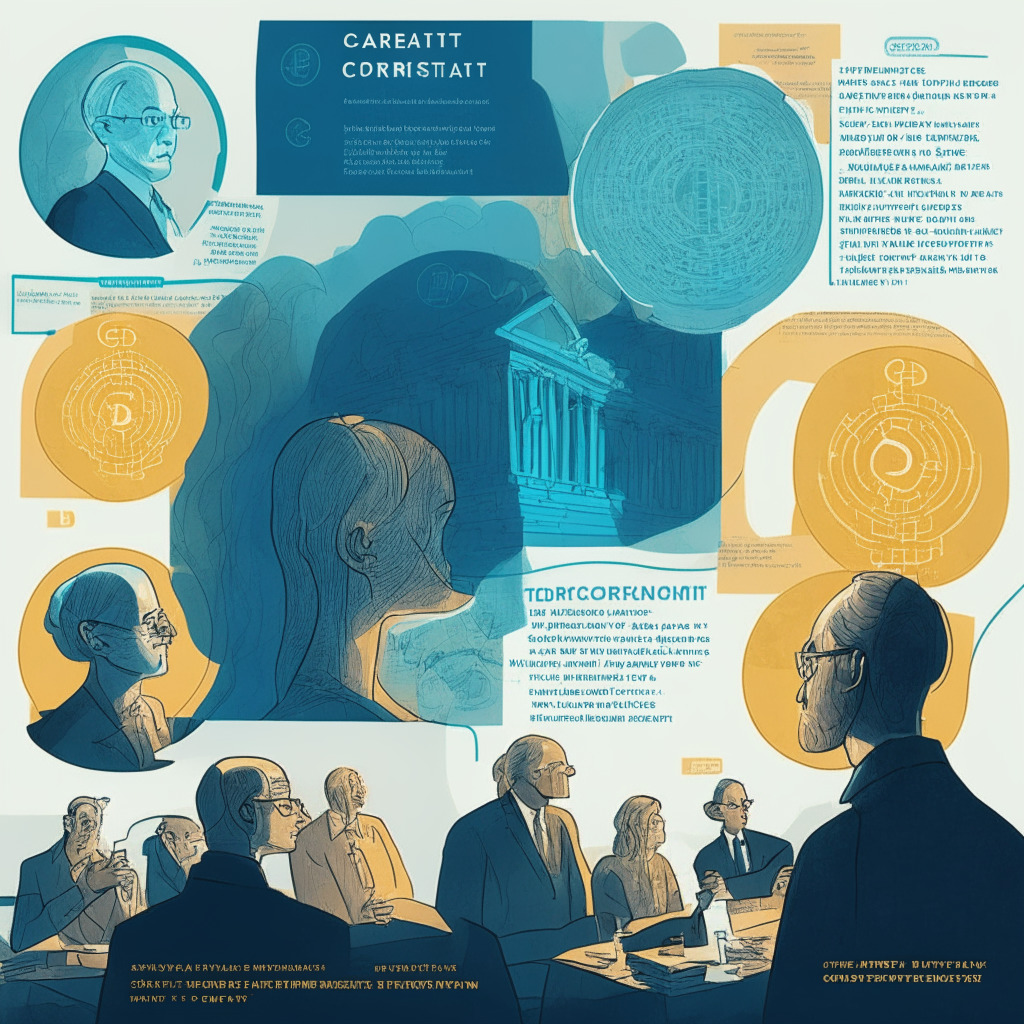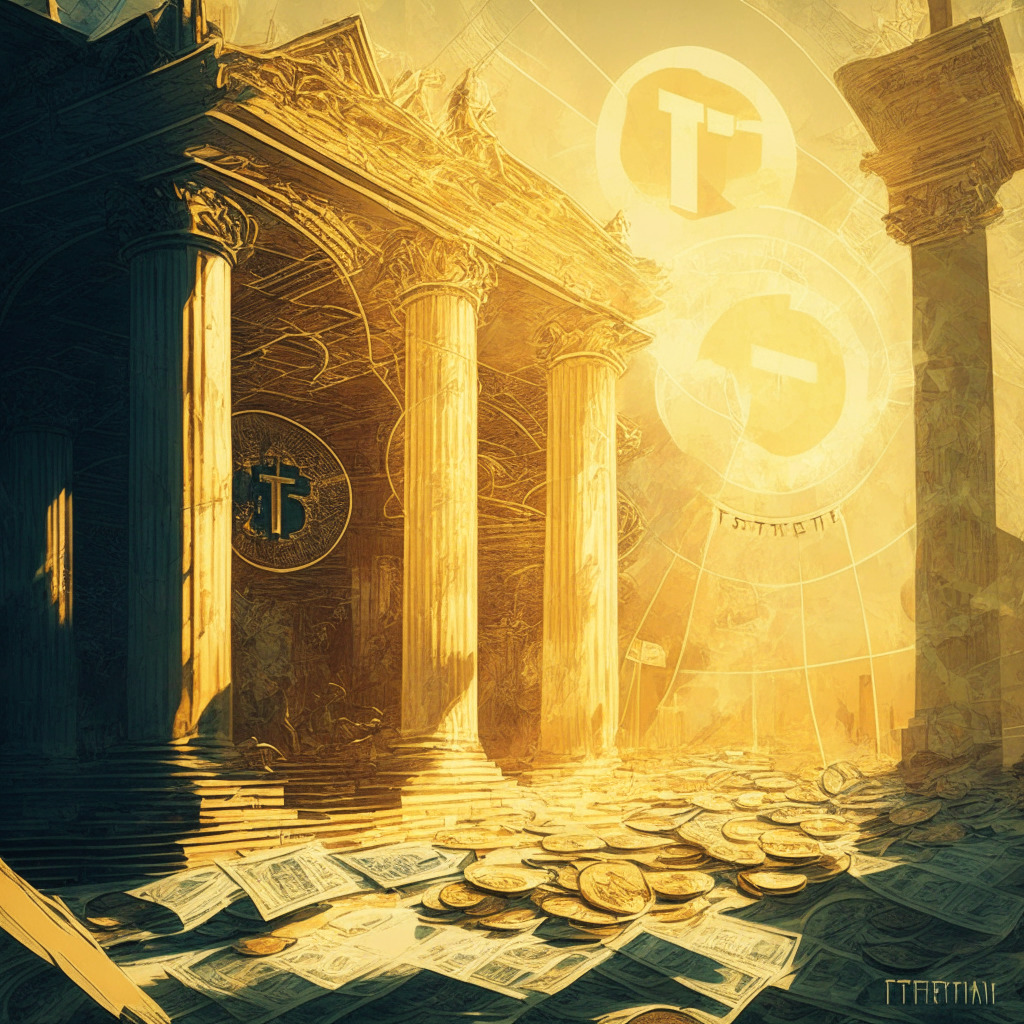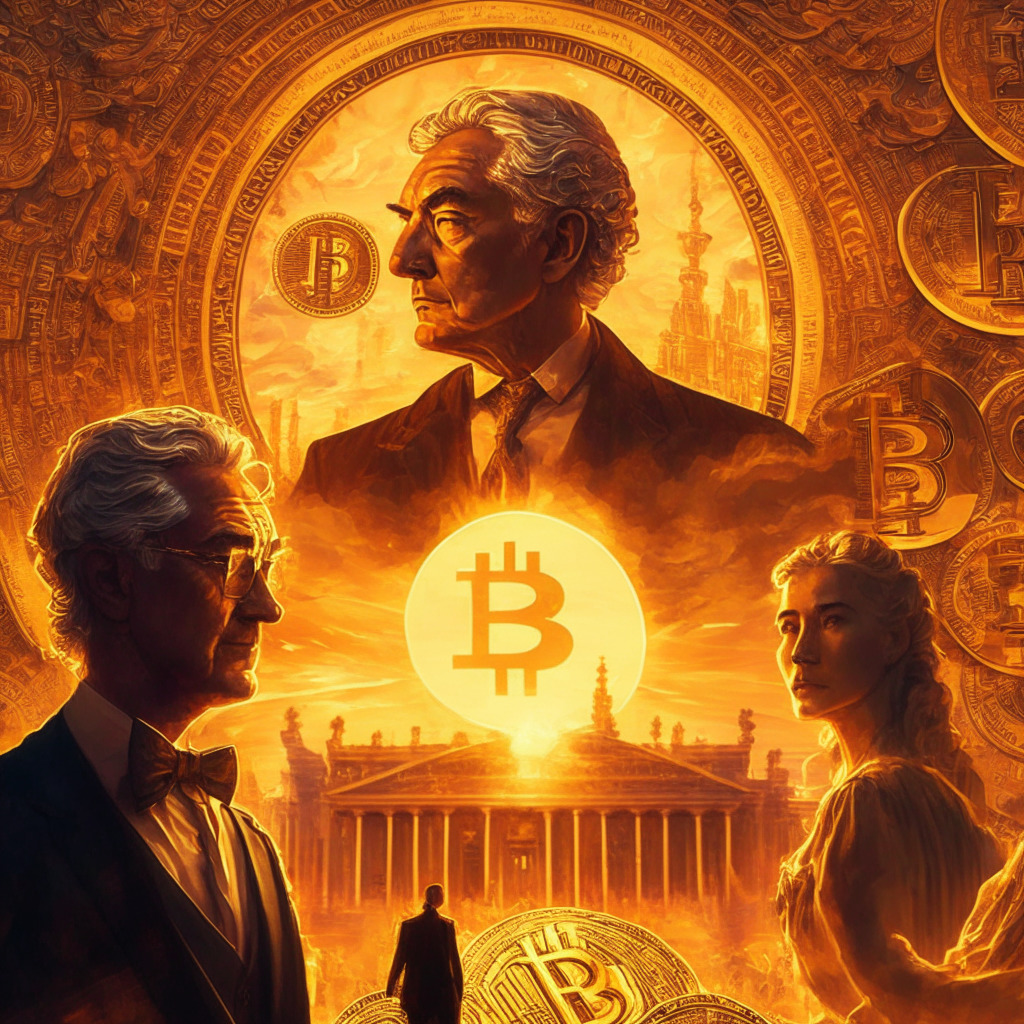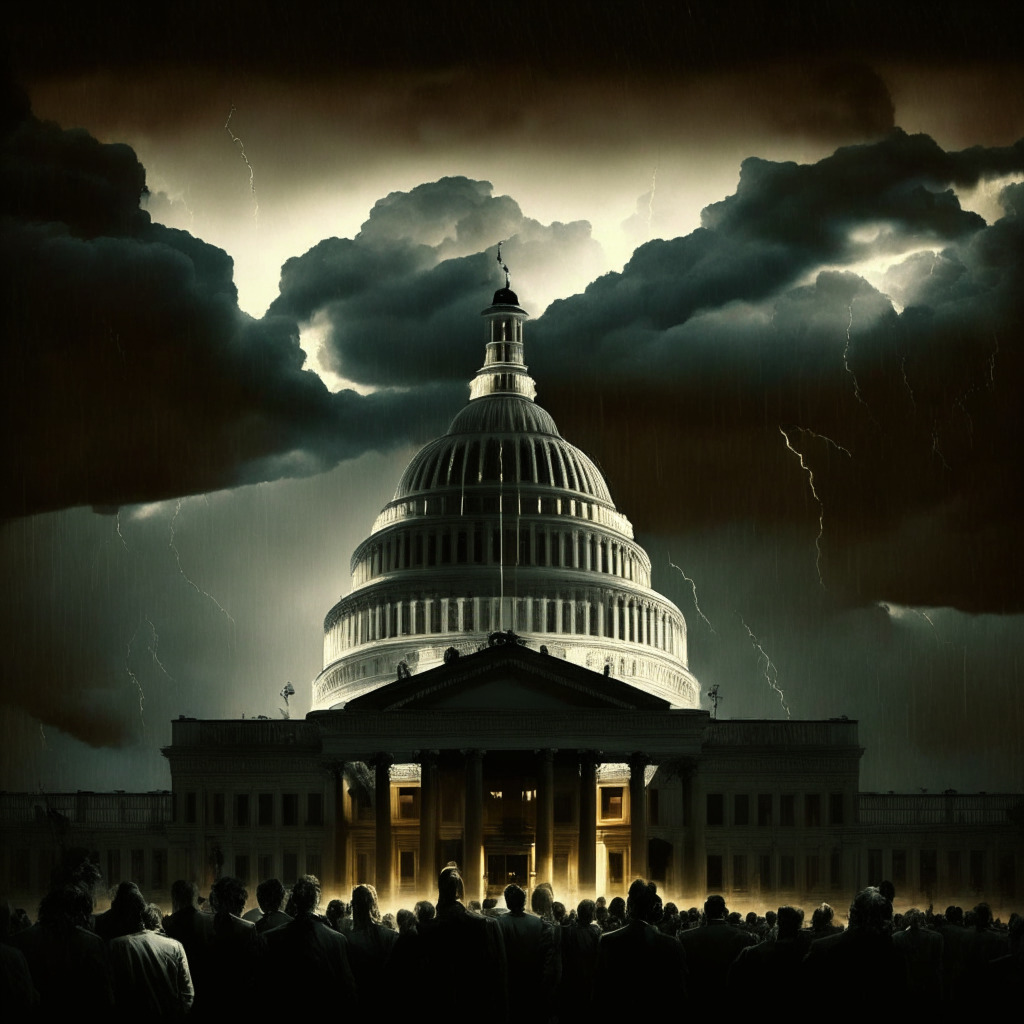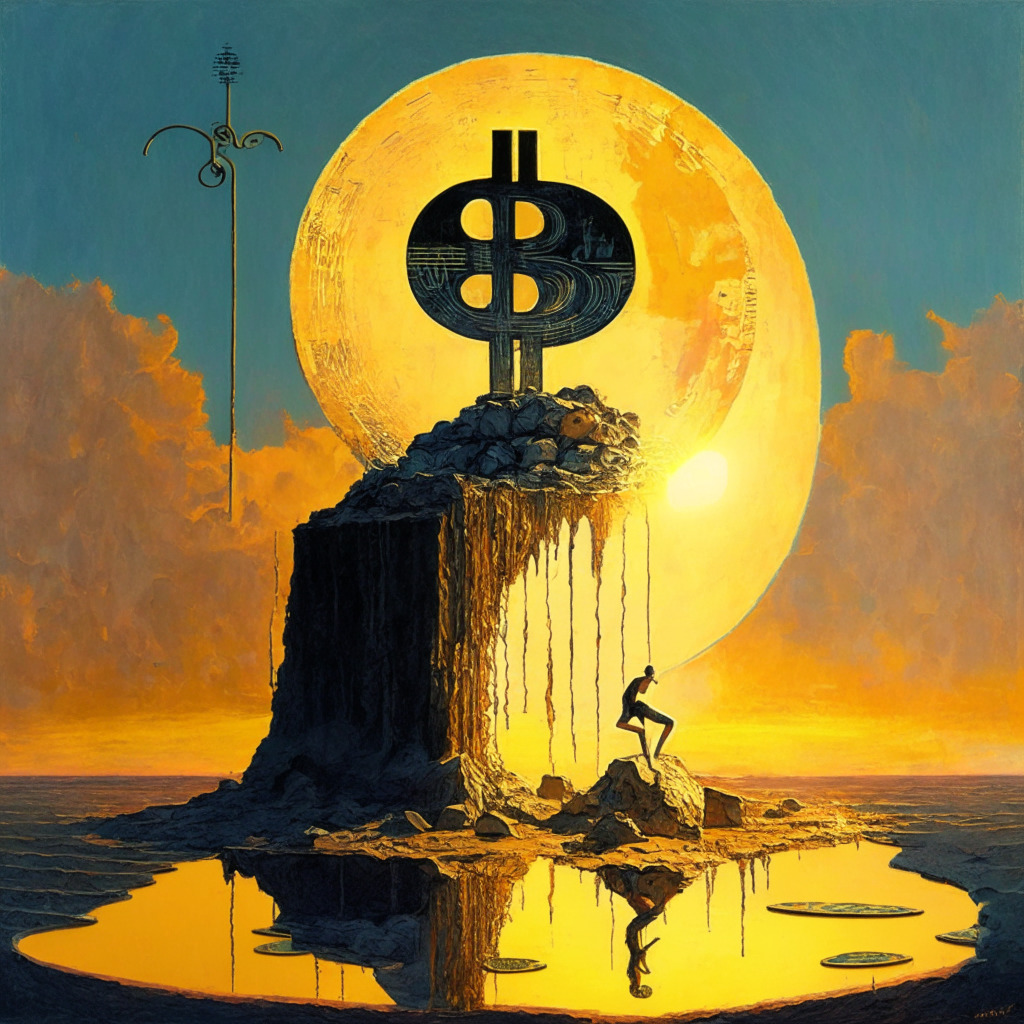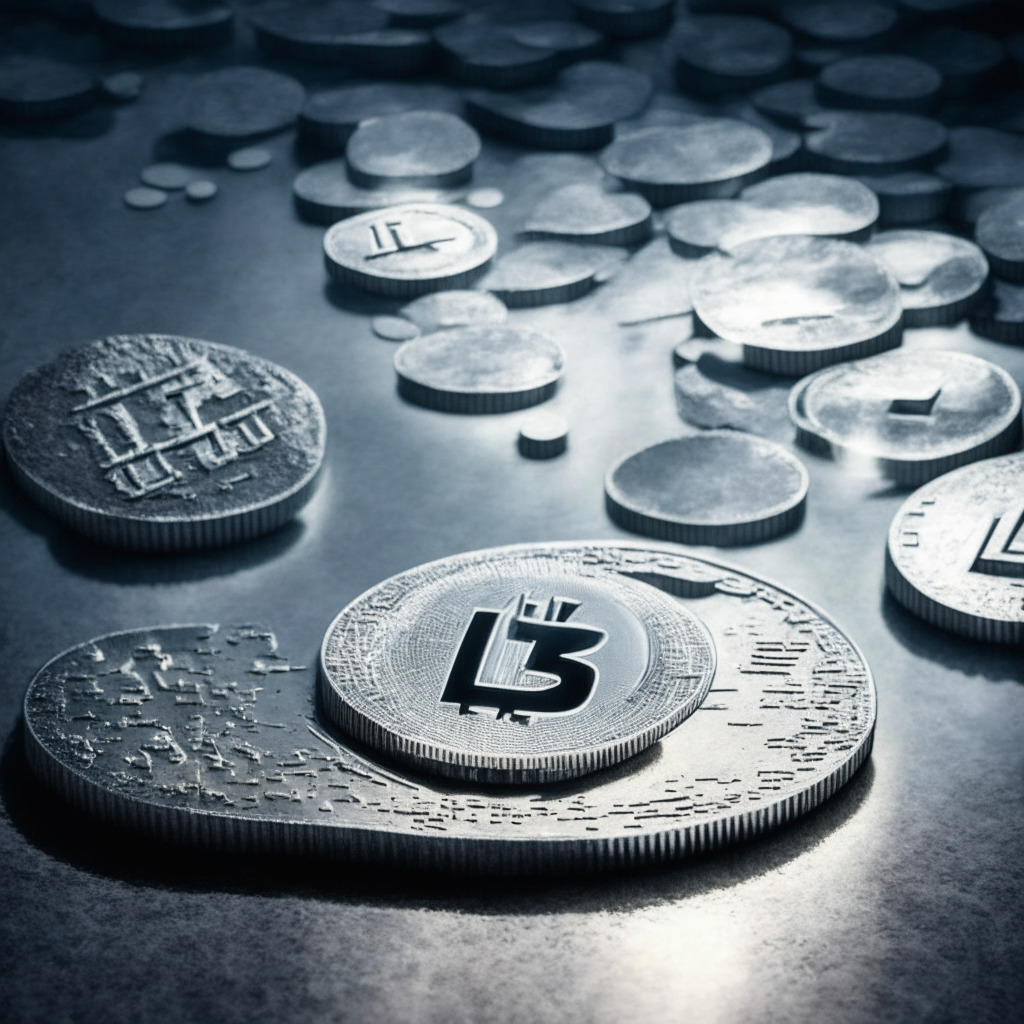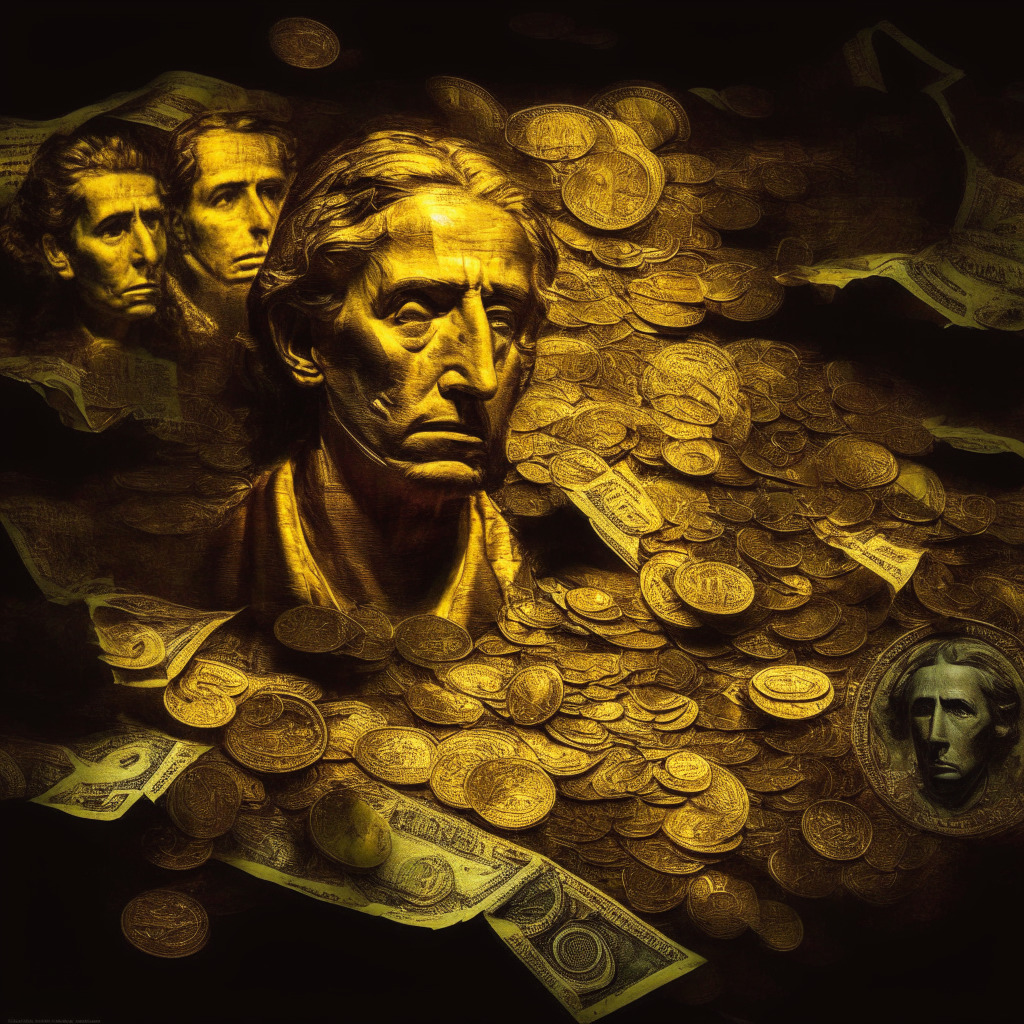A recent study found that the 2022 crypto bank runs were majorly triggered by whale account holders withdrawing large portions of their funds. Crypto platforms’ run risks arose from allowing unrestricted withdrawals while using funds for risky, illiquid investments, highlighting policy concerns.
Search Results for: Reserve
Crypto Crisis 2022: High-Yield Risks, Massive Outflows, and the Need for Safeguards
The recent crypto crisis of 2022, triggered by the collapse of TerraUSD, followed by the downfall of Three Arrow Capital and FTX, exposed the dangers of relying on high-yield investments without proper safeguards. The crisis led to significant outflows of customer funds from major crypto lenders, while highlighting the need for enhanced security and risk mitigation in the crypto sphere.
EU’s Crypto Regulation Leap: Balancing Innovation and Oversight in the MiCA Era
The European Union (EU) finance ministers unanimously approved the Markets in Crypto Assets regulation (MiCA), positioning the EU at the forefront of crypto licensing regimes. Along with MiCA, new anti-money laundering measures related to crypto fund transfers were endorsed. These regulations bring legitimacy and oversight to the crypto industry while potentially impacting innovation and privacy concerns.
Bitcoin’s Struggle: Bullish Rebound Possibilities Amid Regulatory Concerns and Market Shifts
Bitcoin recently broke past $27,200, but faces challenges as regulatory concerns and negative market sentiment persist. Despite billionaire Paul Tudor Jones expressing caution, he still believes in Bitcoin’s long-term potential. The critical support level to watch is $26,800.
Cryptocurrency Volatility: Exploring Top Contenders Amidst Bitcoin’s Uncertain Future
The cryptocurrency market experienced significant volatility recently, with Bitcoin cautiously moving towards $30,000. Crypto projects like AiDoge, Ecoterra, Conflux, and SUI gain attention with promising fundamentals and technical analysis. Investors must stay informed and research carefully before making investment decisions in these fluctuating markets.
CBDCs: A Solution in Search of a Problem or Financial Revolution? The Ongoing Debate
Minneapolis Federal Reserve Bank President Neel Kashkari expressed skepticism about central bank digital currencies (CBDCs), questioning the problems they solve and their advantages over existing systems. Despite his doubts, Kashkari remains open-minded as he awaits ongoing study results on CBDCs. This debate illustrates the lack of consensus on CBDC benefits and drawbacks in the ever-changing financial landscape.
Michael Burry’s Strategic Moves in Distressed US Banks and Crypto: Opportunities or Risks?
Michael Burry, the “Big Short” investor, strategically acquires shares in distressed banks, boosting confidence in banking stocks. Despite crises and valuation slumps, Burry’s investments tackle different avenues within the banking ecosystem, while also exploring the digital currency space. Market research is crucial for investment decisions.
AI’s Threat to Showbiz: Balancing Tech Advancements & Human Talents in Entertainment Industry
The entertainment industry’s increasing integration of AI has experts and actors concerned about the future of their profession, with emphasis on protecting their images and voices. AI’s advancements grow rapidly, replacing human talents in content creation and posing potential threats to an industry experiencing reduced costs and improved efficiency. The balance between technological progress and artist job security must be carefully considered.
Rising 10-Year Treasury Yield vs DeFi Yields: The Battle for Investor Confidence
The rising 10-year yield on US Treasury bills surpassed yields offered by DeFi protocols, impacting the competitive edge of DeFi investments. Some Ethereum-based liquid staking providers outperform US-backed bonds; however, crypto yields can be volatile, and risks like market fluctuations must be considered.
Tether’s $4.5B Bank Withdrawal: Reducing Risk & Boosting Crypto Stability
Tether Holdings strategically reduced bank deposits by 90%, withdrawing $4.5 billion and increasing holdings in US Treasury bills. This resulted in an 85% backing for USDT through cash and short-term deposits, while improving transparency and demonstrating the potential of stablecoins in the crypto space.
Soaring Inflation in Argentina: A Catalyst for Bitcoin Adoption or a Risky Endeavor?
Argentina’s Central Bank’s recent increase in base interest rate to 97% amid soaring inflation may lead individuals to consider Bitcoin as an alternative asset to hedge against economic uncertainty. However, potential investors should research thoroughly and proceed with caution, as cryptocurrency regulations are still evolving in Argentina.
Regulatory Uncertainty and Bitcoin’s Future: Navigating the Challenges in the US Market
Hedge fund manager Paul Tudor Jones highlights Bitcoin’s regulatory challenges in the US and predicts lower inflation, reducing the cryptocurrency’s appeal as an inflationary hedge. However, the global market and other use cases, like financial inclusion and cross-border transactions, still promote long-term adoption and innovation for cryptocurrencies.
South Korean Crypto Scandal: Insider Trading or Preferential Treatment?
South Korean lawmaker Kim Nam-kuk’s crypto investments scandal, involving $4.5 million worth of wemix coins, has led to his resignation and raids on exchanges Upbit and Bithumb. It raises questions surrounding potential insider information, preferential treatment, and the need for increased transparency and fairness in the crypto market.
Bitcoin’s Rising Status as Safe Haven Asset Amid US Debt Ceiling Crisis
A recent Bloomberg Markets Live Pulse survey suggests Bitcoin could be considered a safe haven asset, surpassing traditional options like the yen, franc, or U.S. dollar, amid concerns over the U.S. debt ceiling. The survey highlights a growing interest in digital currencies as an alternative means of asset protection, showcasing their potential in the financial future.
Bitcoin and Cardano Upside Momentum: Examining Key Catalysts and Market Uncertainties
Bitcoin is building upside momentum and Cardano (ADA) price is seeing considerable movement, but a significant breakout may not be smooth. Traders should monitor Bitcoin and Cardano for bullish confirmations as US Federal Reserve Chair Jerome Powell’s speech could serve as a catalyst.
Bitcoin’s Battle: Reclaiming $27,600 Support or Facing Larger Bearish Breakdown?
Bitcoin is striving to maintain a bullish trend, operating within a crucial zone and attempting to establish support. A calm week of macro triggers implies reduced volatility from external sources, and the approaching difficulty adjustment may make a strong case for upside continuation.
US Debt Ceiling Crisis: Gold, Treasury Bonds, and Bitcoin as Top Safe-Haven Assets
A recent Bloomberg survey reveals that in case of a U.S. debt default, investors would turn to gold, U.S. Treasury Bonds, and Bitcoin as top assets. This highlights shifting perceptions of cryptocurrencies as potential safe-haven assets in the broader financial landscape amidst economic uncertainty.
Zimbabwe’s Gold-Backed Crypto: A Stabilizing Force or Risky Venture Against IMF Warnings?
The Reserve Bank of Zimbabwe sold $39 million worth of gold-backed digital tokens despite IMF warnings, aiming to stabilize the economy and address local currency depreciation. However, the IMF recommends liberalizing the foreign-exchange market, citing concerns about financial stability risks, operational risks, and governance risks.
Blurring the Lines: Checks Elements Combines NFTs and Hand-Drawn Art – A Harmonious Future?
Jack Butcher launches Checks Elements, combining generative art with hand-drawn physical prints in a 152-piece collection inspired by earth, fire, water, and air. Bridging digital and physical art, the collection connects Ethereum-based NFTs with Butcher’s authenticated monoprints.
Crypto Market: Navigating Risks Amid Rising Traditional Financial Metric Correlations
Bitcoin’s rally to $27,000 in 2023 shows buying exhaustion, struggling to move past $30,000, and increasing correlation with traditional financial metrics. The strengthening negative weekly correlation between Bitcoin and the rising U.S. dollar, cooled Fed rate cut expectations, and gold’s critical resistance level may signal a potential downtrend for Bitcoin in Q2, prompting investors to remain cautious.
QuadrigaCX Collapse: Creditors to Receive Only 13% of Claims, Raising Crypto Market Concerns
Former QuadrigaCX users will receive only 13% of their total claims as accounting giant Ernst & Young published a notice regarding the 13.094156% payout to each creditor. QuadrigaCX owes CAD $303.1 million across 17,648 claims, including Canada Post and Canada Revenue Agency. The exchange’s collapse in 2019 highlights the need for proper oversight and regulation in the crypto market.
Bank Deposits Decline: Crypto’s Surge or Inflation’s Crippling Effects?
US bank deposits are nearing $17 trillion, possibly signaling a shift towards cryptocurrencies like Bitcoin. Factors like bank failures, inflation concerns, and increased interest rates contribute to this decline, driving investors to explore alternative investment opportunities such as crypto. However, caution and thorough research are necessary before committing to cryptocurrency investments.
yPredict Presale: AI-Powered Trading, Market Insights & Potential 70% Returns for Investors
yPredict’s presale is gaining interest among crypto enthusiasts due to its AI-powered trading and market intelligence approach. The project offers strong fundamentals and potential for lucrative returns, while minimizing rug pull risks with a solid tokenomics structure.
Bipartisan Rift Emerges on Stablecoin Bill: Consumer Protection vs State Regulation
House Democrats are considering a separate stablecoin bill, highlighting a rift with the parallel Republican effort. Addressing stablecoins is a key priority for US lawmakers overseeing crypto operations. The Democratic bill focuses on consumer protection, granting the Federal Reserve veto power over issuer registration, while the Republican version empowers states to regulate issuers.
Litecoin’s Future: Analyzing Bull Run Prospects, Market Concerns, and Payment Utility
Litecoin experienced a drop in value alongside broader cryptocurrency market pressures, though it has still grown by 20% since its mid-March lows. Despite short-term setbacks, macro conditions improve for cryptocurrencies, with the ongoing US bank crisis potentially providing a favorable climate for cryptos like Litecoin. Recent developments, such as Litecoin’s Mastercard partnership and the 2023 halving event, suggest a strong outlook for the crypto in the upcoming bull market.
Meme-Coin Fever vs Bitcoin’s Core Purpose: Balancing Utility, Fees, and Censorship-Resistance
The rise of Bitcoin-based meme coins and NFTs after the Taproot upgrade has caused increased transaction fees and blockchain congestion. This highlights a conflict within the Bitcoin community between purists, who see it as an alternative currency, and advocates for its open nature. Addressing rising fees and preserving decentralization and censorship-resistance must be prioritized.
Argentina’s Economic Crisis: Impact on Crypto, Traditional Assets, and Safe Havens
Argentina’s economic crisis, involving hyperinflation and peso devaluation, has led to discussions on the role of gold and cryptocurrencies like Bitcoin. Limited by costs and government control, fintechs in the country turn to stablecoins for remittances, while the financial turmoil may benefit risk-on assets such as Bitcoin.
US Losing Stablecoin Dominance: USDC’s Struggle and the Rise of Tether Threatens Digital Economy
The US may be losing ground in the digital economy as USD Coin (USDC) faces strong competition from Tether (USDT). This shift could undermine US control and expose the Web3 community to less-regulated forces. Policymakers must prioritize Web3 and stablecoins to ensure America’s influence in the digital economy.
Florida Bans CBDCs: Protecting Privacy or Hindering Technological Progress?
Florida Governor Ron DeSantis has officially banned Central Bank Digital Currencies (CBDCs) within the state, protecting residents from a potential Federal Reserve-issued digital currency. Critics argue CBDCs offer transparency and reduced costs but DeSantis claims they’re about “surveillance and control.” The decision’s broader implications on the crypto landscape remain uncertain.
Animoca Brands’ Financial Success: Can They Sustain Growth in Uncertain NFT Market?
Hong Kong-based Animoca Brands boasts a strong financial position, holding $194 million in stablecoin reserve and $566 million in liquid digital assets as of April 30, 2023. The company experienced significant growth in 2021 and continues to actively seek opportunities in gaming and the metaverse.
Animoca Brands’ Financial Growth: A Rising Force in NFTs, Gaming, and Metaverse
Hong Kong-based Animoca Brands is in a financially strong position with $194 million in stablecoin reserves and $566 million in liquid digital assets. The company’s incomes surged from $148 million in Q4 2021 to $573 million in Q1 2022, driven by NFT and token sales. Despite challenges, Animoca Brands’ resilience and growing acceptance of blockchain technology reflect its commitment to advancing digital property rights and entertainment.





